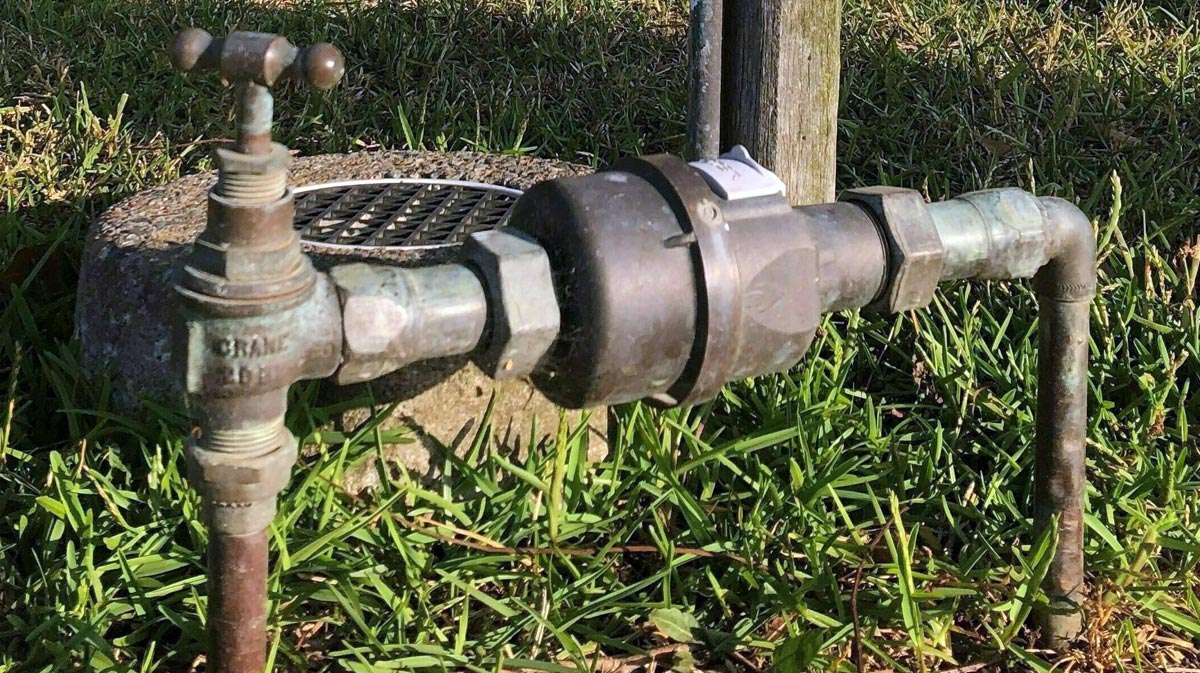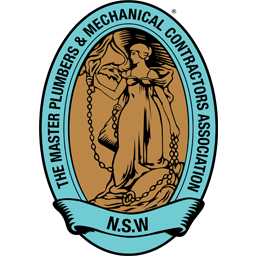Knowing how to turn off the water mains supply to your house is an essential skill for every homeowner in Australia. Whether you’re faced with a plumbing emergency like a burst pipe or just need to make repairs, being able to shut off the water mains quickly can save you from potential damage and costly repairs.
In this guide, we will walk you through the step-by-step process of turning off the water main supply to your house. We’ll start by explaining the importance of knowing this crucial task and its potential benefits. Then, we’ll present various methods and tools you can use to shut off the water, including locating and operating the main water shut-off valve.
Types of Shut-Off Valves
When it comes to turning off the water supply to your house, there are several types of shut-off valves that you may encounter. Understanding the different valve options is essential for homeowners, as it allows for quick and efficient water shut-off during emergencies or repairs.
Gate Valves
Gate valves are commonly found in older homes and are recognizable by their round wheel handle. To turn off a gate valve, simply turn the wheel handle clockwise until it stops. It is important to note that gate valves require multiple rotations to fully shut off the water supply.
Ball Valves
Ball valves are commonly used in modern plumbing systems and have a lever handle. To shut off a ball valve, simply turn the lever handle perpendicular to the pipe. Unlike gate valves, ball valves only require a quarter turn to completely stop the water flow.
Butterfly Valves
Butterfly valves are often found in large industrial settings but can also be used in residential plumbing systems. They have a lever or gear handle that rotates a disc to control water flow. To shut off a butterfly valve, turn the lever or gear handle perpendicular to the pipe.
Pros and Cons of Each Type, Including Ease of Operation and Durability
Each type of shut-off valve has its own set of advantages and disadvantages. Gate valves are known for their durability but can be labour-intensive to operate. Ball valves are easy to operate and provide reliable shut-off, but they are generally more expensive than gate valves. Butterfly valves are compact and offer precise control, but they can be more prone to leakage over time.
Understanding the different types of shut-off valves and their pros and cons will help you make informed decisions when it comes to selecting and operating these valves in your home. Whether you are dealing with emergency situations or performing routine maintenance, having this knowledge will ensure that you can quickly and effectively turn off the water supply when needed.
Tools Needed for Shutting Off Water Supply
When it comes to shutting off the water supply to your house, having the right tools is essential. Here is a list of basic tools that you will need:
- Valve Key: A valve key is a long metal rod with a square or hexagonal head. Valve keys are indispensable when it comes to shutting off gate valves that are buried underground or located in hard-to-reach places. Simply insert the key into the valve’s slot and turn it clockwise to shut off the water supply.
- Pliers: Pliers are a versatile tool that can be used to grip and turn various types of shut-off valves. They come in handy when dealing with ball valves or butterfly valves. Use them to grip the valve’s lever or handle and turn it clockwise to shut off the water flow.
- Wrench: A wrench is useful for shutting off gate valves or ball valves that require more force to turn. Simply place the wrench on the valve’s nut or handle and turn it clockwise to shut off the water supply.
Locating and Operating the Main Water Shut-Off Valve in Your House
Knowing the location of the main water shut-off valve in your house is crucial in emergency situations, such as burst pipes or major leaks. By quickly shutting off the main valve, you can prevent further water damage and minimize the potential for costly repairs.
Finding the valve inside or outside your house
The first thing to do to control your water supply is to find the main water shut-off valve. In Australia, this valve is usually at the front of the house, covered by a council cover plate. But in colder places, you’ll often find the valve indoors, maybe in the kitchen or utility room, to keep it from freezing.
Step-by-step instructions on how to turn off water main
- Locate the main shut-off valve.
- Turn the handle or knob of the valve clockwise (to the right) to shut off the water supply.
- Once the valve is fully closed, check the taps in your house to ensure that water flow has stopped completely.
- To turn the water supply back on, simply turn the valve counterclockwise (to the left) until it is fully open.
- Test the taps again to confirm that water flow has been restored.
When to Call a Plumber
In some cases, it is best to leave the job to a licensed emergency plumber. Here are a few situations in which professional assistance may be necessary:
- If you are unsure about the location or operation of the main water shut-off valve
- If you have an older plumbing system with outdated shut-off valves
- If you suspect a major plumbing issue, such as a burst pipe or sewage backup
- If the shut-off valves are inaccessible due to structural constraints or obstructions
If you encounter any issues with your shut-off valves or need assistance with shutting off the water supply, it is recommended to call a licensed plumber. They can assess the situation, provide necessary repairs or replacements for faulty valves, and guide you through the shut-off procedures if needed. Hiring a professional ensures that the job is done correctly and minimises the risk of any complications.



